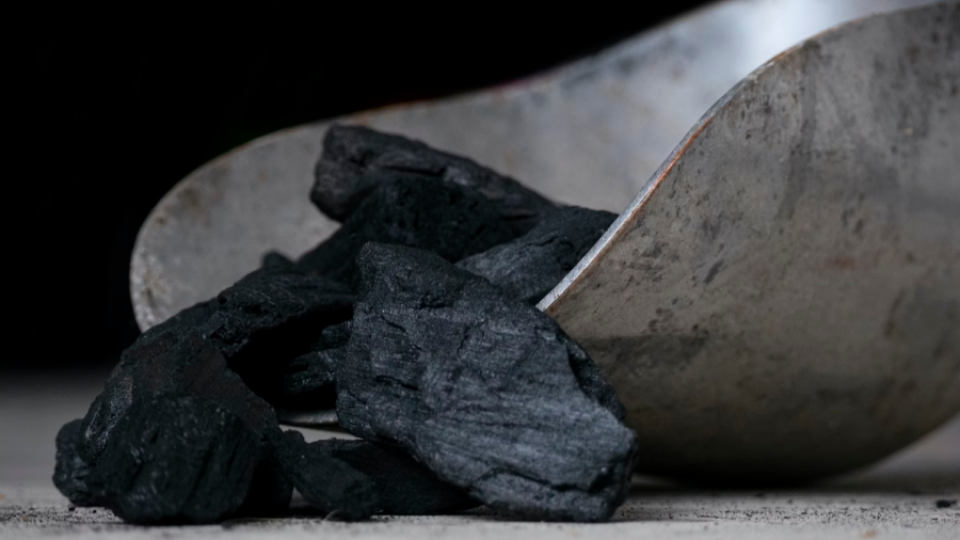December 20, 2023
JAKARTA – The Energy and Mineral Resources Ministry has begun studies to map the potential of rare earth minerals in domestic coal and is also considering other ways to increase the value derived from the commodity beyond its use as a power plant feedstock.
Agung Pribadi, head of the energy ministry’s Center for Mineral, Coal and Geothermal Resources (PSDMBP), said Indonesian coal potentially contained a lot of rare earth elements (REE), which could increase its export value.
Moreover, coal could be refined to make it suitable for metallurgical activities or processed into synthetic graphene, he explained.
“Another thing is germanium, a critical mineral. The price is quite high [at the moment],” Agung told reporters in Bandung on Saturday, suggesting stakeholders consider exploring other uses for Indonesian coal instead of using it only as thermal coal.
Thermal coal exports from Southeast Asia’s largest economy surpassed 413 million tonnes over the January-October period, a new high, cementing the country’s status as the world’s largest exporter of the high-emission fossil fuel.
Indonesian shipments jumped 11.5 percent from the same period in 2022, roughly twice the growth rate of total global coal exports, which are on track to touch new highs in 2023 despite worldwide efforts to transition away from the use of coal as an energy source.
Germanium is mostly used in fiber optics and infrared optics, according to the European industry association Critical Raw Materials Alliance (CRMA). It is also used for electronic applications and solar cells.
In 2014, the price of germanium metal in the United States stood at some US$1,918 per kilogram. This precious metal has seen an overall devaluation since then, with a price of around $1,300 per kg in 2022.
China produces approximately 60 percent of the world’s germanium, according to CRMA, with the rest coming from Canada, Finland, Russia and the US.
The association estimates that 60 percent of the total amount of germanium produced by China comes from zinc ores and the remaining from coal fly ash.
In Indonesia, research on rare earth minerals in coal is still very limited, Siti Sumilah Rita Susilawati, secretary of the energy ministry’s geology department, wrote in an article published in 2020.
Research conducted on coal from Bangko, South Sumatra, showed that the coal potentially has an REE content of 2.4 to 118.4 parts per million (ppm), Siti said in the article.
She went on to explain that, assuming that the REE content in fly ash was 10 times the REE content in coal, the potential for REE in Bangko coal fly ash was estimated to be around 1,000 ppm, large enough to be extracted commercially.
“The REE extraction process from coal fly ash can increase the added value of coal,” Siti said. “REE extraction from fly ash and bottom ash is one of the downstream elements currently part of PSDMBP’s national program.”
Banking on graphene
Graphene, on the other hand, could be processed for use in the electric vehicle (EV) battery industry, Agung said.
“We [the geology department] support the energy transition from our side. If coal is not used to power coal [power plants], we conduct research. We are in talks with companies to [explore these opportunities],” he said.
Companies interested in the idea of graphene batteries that might someday power EVs include US-based Nanotech Energy and Spain-based Graphenano, investment news agency Investing News Network reported on Nov. 16, 2022.
Despite its potential, there has been no mass extraction of graphene from coal and no intensive development in making it useful for EV batteries in Indonesia, according to energy ministry presentation material published on Dec. 12.


